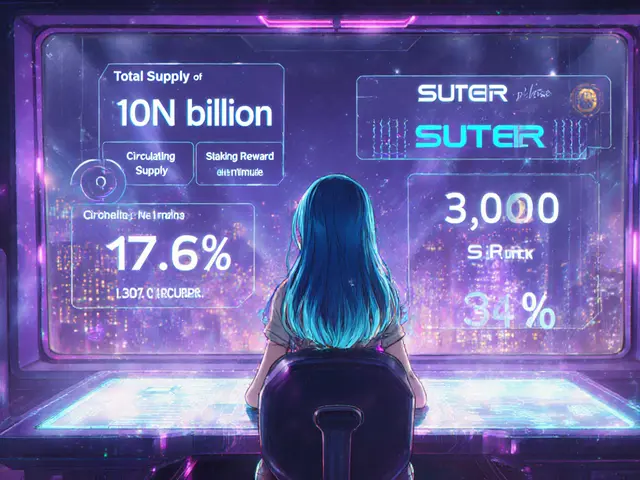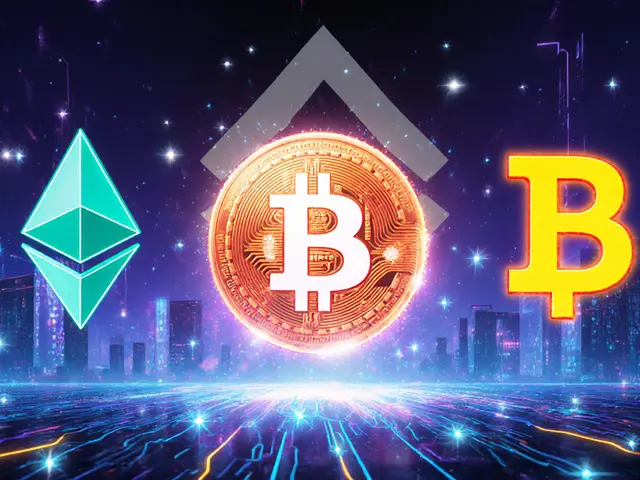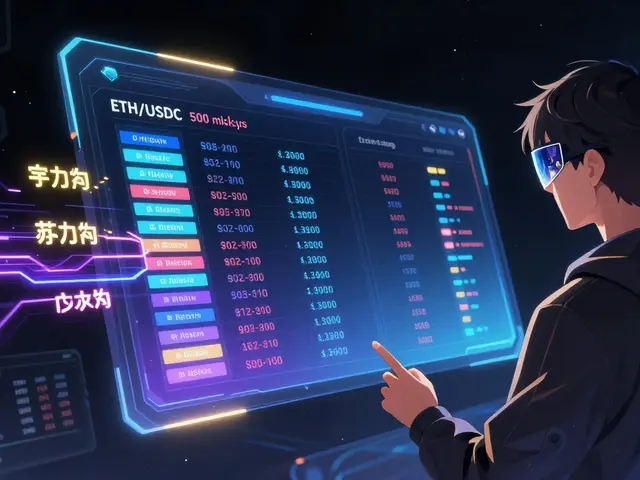Deflationary Token Explained – How Burn Mechanics Shape Crypto Markets
When talking about Deflationary Token, a cryptocurrency that programmatically shrinks its circulating supply over time. Also known as supply‑shrink token, it relies on on‑chain rules to remove tokens from the market, often to support price appreciation.
Understanding Tokenomics, the economic design behind any crypto asset is key because it decides how a deflationary token behaves in real life. The most common driver is the Burn Mechanism, an automatic process that sends a portion of each transaction to an unspendable address. This simple rule creates a supply‑reduction feedback loop: fewer tokens mean each remaining unit can become more valuable if demand holds steady.
Key Features of Deflationary Tokens
First, the supply cut is enforced by Smart Contracts, self‑executing code that runs on the blockchain without a central party. These contracts guarantee transparency – anyone can verify the burn rules on‑chain. Second, many projects embed the burn into everyday actions like transfers, swaps, or even staking rewards. This creates a continuous drip‑feed of scarcity, which can boost user engagement. Third, the DeFi ecosystem often adopts deflationary tokens for liquidity mining because the burn adds an extra incentive layer on top of traditional yield.
Because the burn directly impacts circulating supply, tokenomics models usually include a "burn rate" – for example, 2 % of every trade disappears forever. That rate, combined with trading volume, determines the daily supply contraction. Projects publish a burn‑tracker dashboard so investors can see the exact numbers, making the process auditable and trust‑building. When the burn rate is high and volume spikes, supply can shrink dramatically, producing noticeable price bumps.
However, it’s not just about cutting supply. A well‑designed deflationary token also allocates a portion of fees to community wallets, development funds, or charity causes. That multi‑purpose allocation balances scarcity with long‑term sustainability, preventing the token from becoming a pure speculation tool. In practice, you’ll see three common patterns: pure burn (all fees destroyed), split burn (some destroyed, some redistributed), and hybrid models that couple burn with token‑buy‑backs.
All these concepts tie back to why you’ll find a range of articles in this collection – from a deep dive into blockchain‑as‑a‑service that powers smart contracts, to guides on airdrops that often use deflationary token mechanics to reward early participants. Whether you’re a trader looking to catch price moves, a developer building a new token, or just curious about how supply dynamics affect crypto markets, the pieces below give you both the theory and the practical steps you need.
Ready to explore real‑world examples, see how burn rates are calculated, and learn where deflationary tokens fit into broader DeFi strategies? The articles that follow break down each element, show you tools for tracking supply changes, and even walk you through building your own token with built‑in scarcity.
BoxBet (BXBT) Explained: What the Crypto Betting Token Does
BoxBet (BXBT) is an Ethereum ERC‑20 token that powers a decentralized sports‑betting bot on Telegram, featuring deflationary tokenomics and smart‑contract‑verified outcomes.












